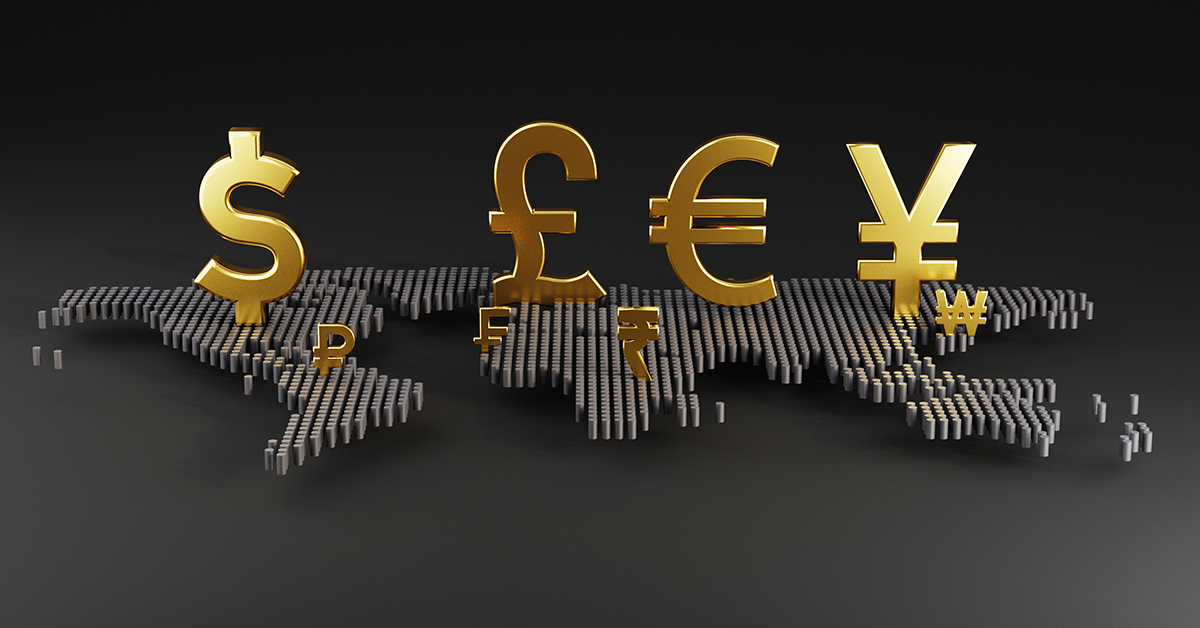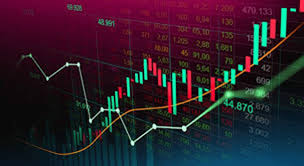
Mastering Forex and CFD Trading: A Comprehensive Guide
Forex trading and Contract for Difference (CFD) trading have gained immense popularity among investors looking to diversify their portfolios and tap into volatile markets. These trading instruments allow traders to speculate on the price movements of various financial assets without the need for ownership. In this article, we’ll delve into the fundamentals of Forex and CFD trading, exploring strategies, risks, and resources, including insights into forex cfd trading Vietnam Brokers, which can greatly help your trading journey.
Understanding the Basics
Forex, or foreign exchange, is the largest financial market globally, with a daily turnover exceeding $6 trillion. It involves the buying and selling of currency pairs. For instance, if you believe that the euro will strengthen against the US dollar, you would buy the EUR/USD pair. Conversely, if you think the euro will weaken, you would sell the pair.
CFD trading, on the other hand, allows traders to speculate on price movements for a variety of assets including stocks, indices, commodities, and cryptocurrencies, without actually owning the underlying assets. This means traders can take advantage of both rising and falling markets, making CFDs a versatile trading option.
Key Differences Between Forex and CFD Trading
- Market Size: Forex is much larger and more liquid than CFD trading due to the sheer volume of currency transactions.
- Assets Traded: Forex trading is limited to currencies, while CFD trading encompasses a wide array of assets.
- Leverage: Both markets offer leverage, but Forex typically allows higher leverage ratios, which can both amplify gains and risks.
- Market Hours: The Forex market operates 24/5, whereas CFD trading hours depend on the underlying market.
Strategies for Successful Trading
Creating a robust trading strategy is essential for success in both Forex and CFD trading. Here are some effective strategies:

1. Technical Analysis
Technical analysis involves analyzing price charts and using indicators to predict future price movements. Traders often use patterns, trends, and key levels of support and resistance to make informed decisions.
2. Fundamental Analysis
This strategy focuses on economic indicators, financial news, and geopolitical events that may influence market movements. By keeping an eye on news releases and reports, traders can anticipate potential price shifts.
3. Risk Management
Effective risk management involves setting stop-loss and take-profit levels, diversifying your portfolio, and never risking more than 1-2% of your capital on a single trade. This is crucial for long-term success in trading.
4. Demo Trading
Before committing real money, consider using demo accounts offered by many brokers to practice your strategies and become familiar with the trading platform.

Choosing the Right Broker
Selecting a reputable broker is one of the most critical steps in your trading journey. Here are some factors to consider:
- Regulation: Ensure your broker is regulated by a recognized authority, which provides a layer of security and accountability.
- Trading Platform: The trading platform should be user-friendly and equipped with useful tools and features.
- Spreads and Commissions: Compare the costs of trading offered by different brokers to minimize your expenses.
- Customer Support: Look for brokers that offer reliable customer service to assist you when needed.
The Risks of Trading
While the potential for profit in Forex and CFD trading can be substantial, it is also accompanied by significant risks. Here are some risks to be aware of:
- Market Risk: Prices can be highly volatile, leading to rapid losses.
- Leverage Risk: While leverage can amplify profits, it can also amplify losses, potentially leading to a margin call.
- Counterparty Risk: This refers to the risk that the broker might not fulfill their obligations, especially if they are unregulated.
- Emotional Risk: Emotional trading can lead to poor decisions. It’s crucial to stick to your trading plan and maintain discipline.
Conclusion
Forex and CFD trading both present unique opportunities and challenges. By understanding their fundamentals, developing a solid strategy, and choosing the right broker, you position yourself for potential success in these dynamic markets. Remember that continuous learning and practice are key elements in becoming a proficient trader. Explore available resources, including specialized platforms and educational content, to enhance your trading skills and knowledge further.
Start your journey today and delve deeper into the world of Forex and CFD trading. Happy trading!